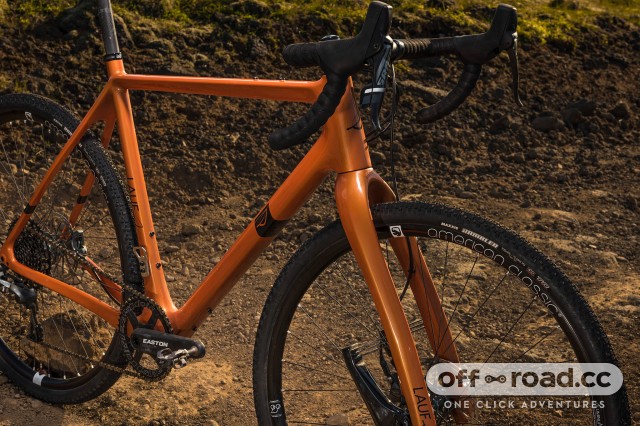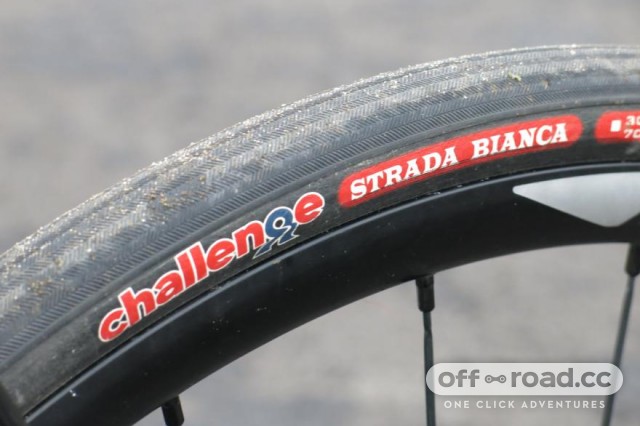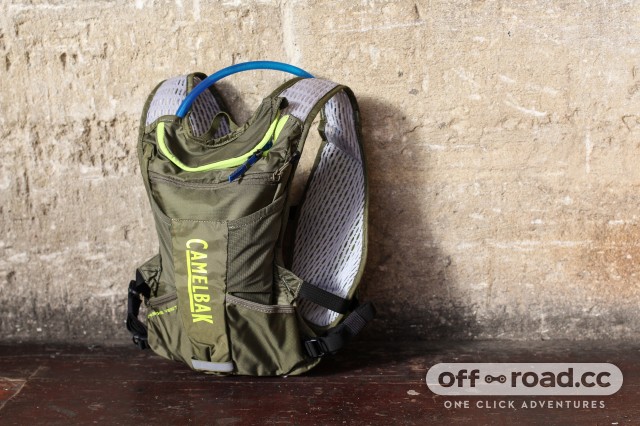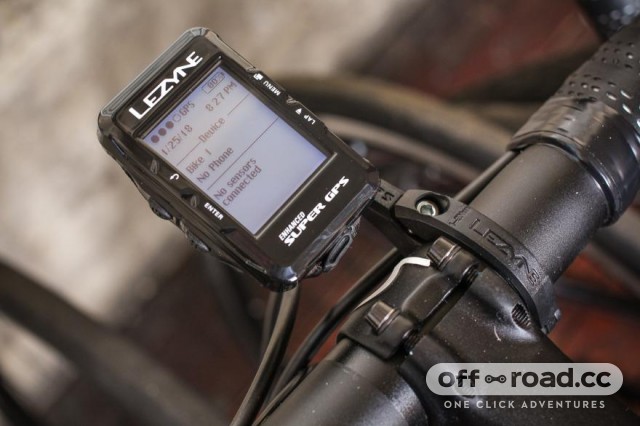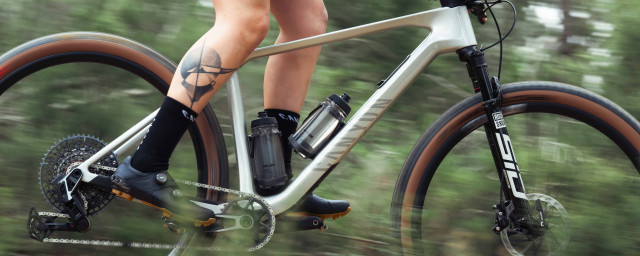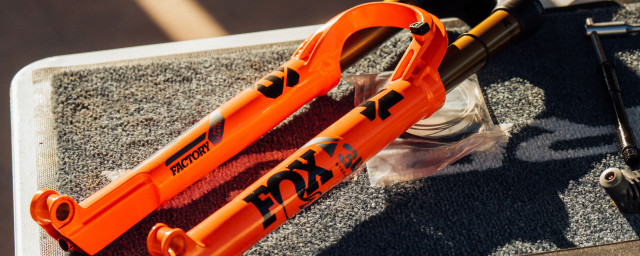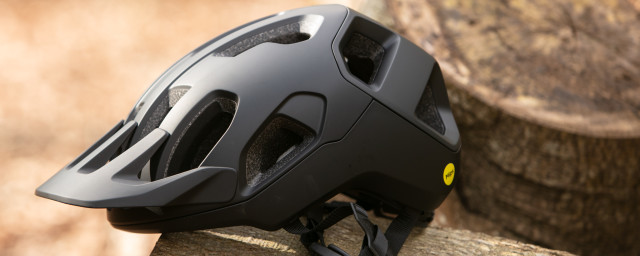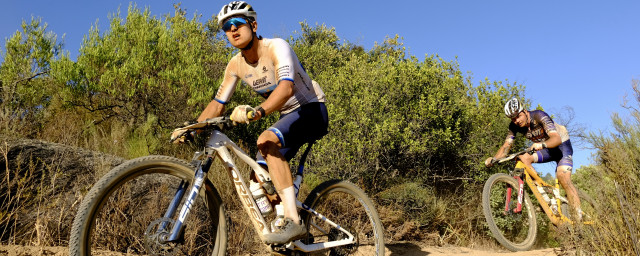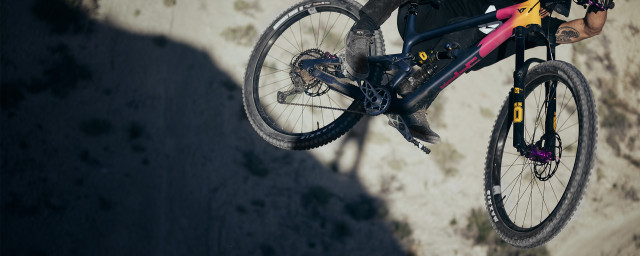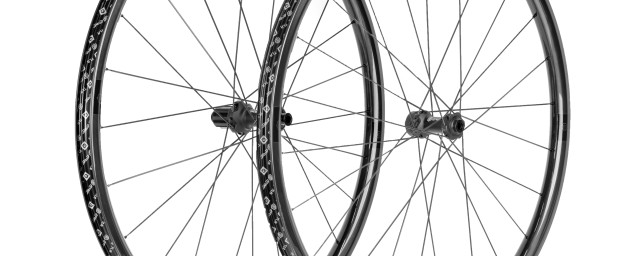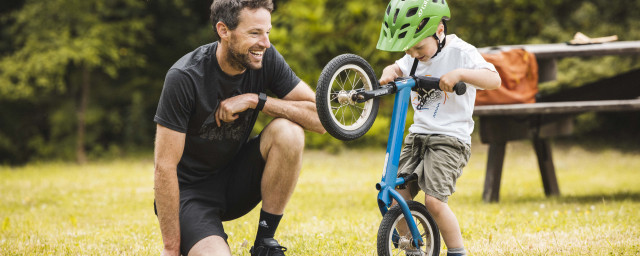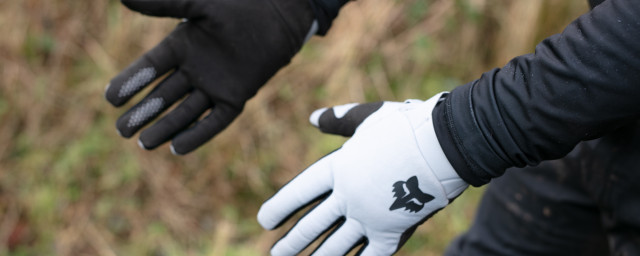How to prepare for your first gravel race - kit, bike setup and training
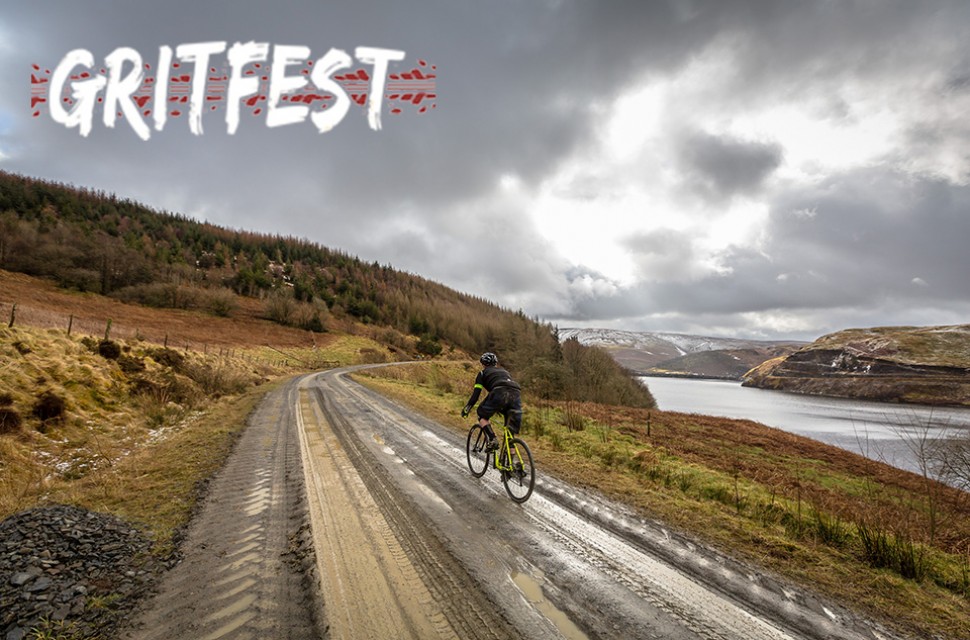
If it's your first time taking part in one of the many gravel events taking place across the UK, such as Gritfest (which kicks off its second year in just under a fortnight), then getting yourself prepared can be daunting. This guide will run you through what you need to know to make the most of your gravel race, from bike setup to training to what to pack on race day.
- Five things that weren't cool - until gravel happened
- The best gravel and adventure bikes you can buy for under £1000
- Bikepacking basics: bike repair and first-aid kit
[Updated 6th June 2019]
Training
When it comes to training for the physical elements of any race, the further ahead you plan, the better. If you're a serious racer, then you'll most likely already have a training regime that works for you. However, even the less serious will benefit from a bit of structured training. We'd suggest taking a look at this article from our friends at road.cc, which shows you a useful training plan even if you have just six weeks to get in shape.
Matt Page, the organiser of Gritfest and experienced racer, has this to say for those taking part in his gravel-enduro event: "For those looking to finish highly in the timed stages then speed and power is more important but also technical ability as a few are predominantly downhill.
"For those looking to finish, then I would suggest long rides and ensuring that the bike to be used is in tip-top condition and that everything is good. Day 1 is a long one and a tough one and I think some people might struggle as it never really stops going up and down - especially when you add in the race element."
If you really care about increasing your power and performance then adding a turbo trainer and something like virtual cycling software Zwift can really help as you can structure training very accurately, do interval sessions and get some really good results without having to spend ages riding - we've had good results with just 30 minutes a day a few times a week.
Even if you don't want to get stuck into formal training, then the absolute minimum you should do is a few rides of similar length and difficulty in the run-up to the event. Doing this will allow you to gauge just how hard the race itself will be and pace yourself according, as well as letting you know any issues with your bike or setup well in advance.
Bike setup
The most important thing you can do to prepare your bike for a race is to just make sure that it's in good basic mechanical shape. That means giving a good service and making sure that there's plenty of meat on the brake pads, the drivetrain isn't worn and all the cables, bearings and other parts are running smoothly.
Don't do this the night before the race - do it a week or two in advance, so that you've got plenty of time to fix what might be wrong, order all parts needed and then ride the bike to check that it's all working smoothly. Before race day, make sure everything is clean and well lubricated and give everything a final once-over.
Riding position
It's also good to try and ride some similar terrain to what you'll be racing on as you might want to adjust your setup to suit. For example, if there are a lot of steep climbs, nudging the saddle slightly forwards on the rails will help push weight over the front end and stop you wheelying all over the place.
If there are a good number of technical or steep descents, lifting up the bars will help you ride in the drops for extra control without giving your back as much of a hard time or being as likely to go over the bars. Conversely, if there's a lot of high-speed riding, consider lowering the front end so you can get in a more aerodynamic position - drag is your enemy when maintaining higher speeds.
Comfort
By their very nature, gravel races can be rather punishing experiences as they involve lots of distance over fairly rough ground and suspension isn't usually invited to the gravel bike party. There are plenty of ways to mitigate the unyielding bumpiness, however.
If you can fit a larger volume tyre into your bike then that's a quick, easy and relatively simple way to massively improve comfort. Many gravel riders and racers now opt to switch out their 700c wheels for a smaller diameter 650b wheel which then allows a much higher volume tyre. This isn't a cheap way to go, so for most people, finding the fattest rubber you can stuff in your frame is the way forward. Check on the manufacturer's site and it'll give you an idea of what your frame can fit.
Using a tubeless setup is a really smart idea as it reduces the likelihood of flats and allows you to run lower pressures, which will increase grip and comfort. Again, don't try and convert your bike to tubeless the night before the race. That way madness lies.
Secondly, you should get your tyre pressures right. The art is finding just the right pressure that means you're not bouncing the rim off the ground all the time but still have reasonable rolling resistance and steering precision. This is hugely dependant on your tyre/rim combination, riding style and weight, so there's nothing for it but experimentation - sorry about that!
Many riders also opt to add in gel pads underneath their bar tape or use a double wrapping of bar tape to increase comfort and help reduce hand fatigue. It's a cheap and simple way to give yourself a much easier time and one we definitely recommend.
The kit to pack
Tools, spares and repairs
Many races will have a minimum level of kit that you must pack, so it's worth checking this out first. However, as a rule, you'll always want to pack a basic toolkit of a spare tube, pump, tyre levers and multitool - the latter ideally with a chain tool. It's a good plan to stick this lot in a saddle pack so it's kept out of the dirt and you don't need to carry any weight on your body.
We'd also suggest that you also take a tyre boot or tubeless repair kit, spare chain quick link and a spare set of brake pads - grit can wear down a new set in a surprisingly short time - and also a CO2 tyre inflator if you want to get going quickly after a puncture. The latter isn't a substitute for a proper pump either.
Food and drink
When it comes to hydration and nutrition, it's usually best to go with what you know. If you intend to go hard and fast, then using sports drinks and gels is often the only way you'll be able to stuff enough energy into your body, but for anyone that's less of a honed machine then sticking to conventional food can be a better idea. It's cheaper, less likely to cause stomach upsets and having food you actually want to eat is a good way to ensure that you will eat enough. We're big fans of making sure you eat small amounts regularly, which has always proven to be a good way to avoid the dreaded bonk.
In a race which has timed stages that require periods of intense effort, try to fuel well in advance - around 20 minutes before - and don't forget to eat and rehydrate afterwards too.
Bottles or backpack?
Talking of hydration, taking plenty of water is a good idea. There are benefits and drawbacks to using both bottles or a hydration pack. Using bottles keeps your back free of weight and nice and cool, but if it's a mucky day the bottles are likely to get covered in filth and it's also possible that they can be rattled loose and fall out on rough sections. To prevent this, take a tip from the pro-road peloton riding on cobbles and use aluminium bottle cages, which can be bent slightly in order to hold the bottle tighter - or you can use an elastic band over the top of the bottle and tied to the cage to help retain it.
While hydration packs are hotter and can increase pressure on your back, they have the advantage of being kept out of the way of muck and offer extra storage for clothing, food and so on. Camelbak's Chase Bike Vest is a neat solution that offers minimalist storage, plenty of water and easily accessible jersey pockets thanks to a raised back design. We're big fans.
For longer races, a 'bento box' style top tube bag is a good way to carry food, gels and other bits and bobs within easy reach. You can also stick your phone in there so you can take some pictures on the ride if you're so inclined.
Clothing
When it comes to clothing, it very much depends on the conditions, but as the weather can be so changeable it's worth layering accordingly. As gravel riding tends to involve big distances, we'd always opt for lycra shorts over baggies as you're more likely to run into chafing issues and the need for pockets and protection is reduced. Not having a load of excess clothing flapping about and robbing speed is also a good idea.
Getting a comfortable and high-quality pair of bib shorts is a must and is well worth spending a chunk of cash on - for all kinds of riding. A decent jersey is also a must, but this is much more weather dependent. In colder weather, layering is key but a jersey with a Windstopper style front panel will make life much more pleasant without making you overheat. Conversely, in summer go for the thinnest, lightest jersey you can that still offers decent sun protection.
It's usually worth packing knee and arm warmers in case the weather turns as they're quick and easy to get on and hugely adaptable. Again, whether you want to take a full-on waterproof or lightweight windproof will depend on the weather conditions. We'd suggest you take pretty much everything along to the race and then check the forecast as to what to bring on the ride itself in the morning.
We'd also suggest you use a quality chamois cream to prevent any soreness - the road.cc buyer's guide to chamois creams is highly useful - and suncream is a must on hotter days, even if they are overcast as it's easy to get very burnt if you don't.
On race day
If you've prepared properly, the morning of race day should be nice and relaxed. You should be confident that your fitness is sufficient to survive, your bike is up to the task and all the kit you'll be using is well proven. Knowing that should help with the inevitable pre-race nervous flutters and also keep faff and panic before the start line to an absolute minimum.
Making sure you get a decent breakfast down you is also important. While the lure of the full fry-up often calls, it's probably best to swerve that greasy treat on race day and opt for the old classic of porridge with fruit, nuts and yoghurt - maybe with a boiled egg or similar for a little boost of protein. Overdoing the caffeine is also a poor idea, but make sure you're well hydrated.
When it comes to the race itself, it doesn't matter whether you're going for a time/position or just to make it through - pacing yourself is key. If you regularly train with a heart rate monitor, then it's a good idea to use it to ensure you're working in an effective zone and even if you don't, using a GPS unit to see how much further you've got and how much climbing still remains.
With a multi-day race such as Gritfest, it's also important to make sure you've got something in the bank for the following day - there's no point burying yourself on the first day only to lose all those hard-won places as you're shattered on the second day. Making sure you eat plenty of the right sorts of food after the race is key. The guide over on road.cc to what foods are best for recovery after cycling is a useful resource.
Of course, the most important thing when taking part in your first gravel race is to remember to enjoy it. Okay, you'll probably end up having a bit of suffering here and there but if you keep a positive outlook then it'll make life a lot more pleasant, even during the darkest moments.
